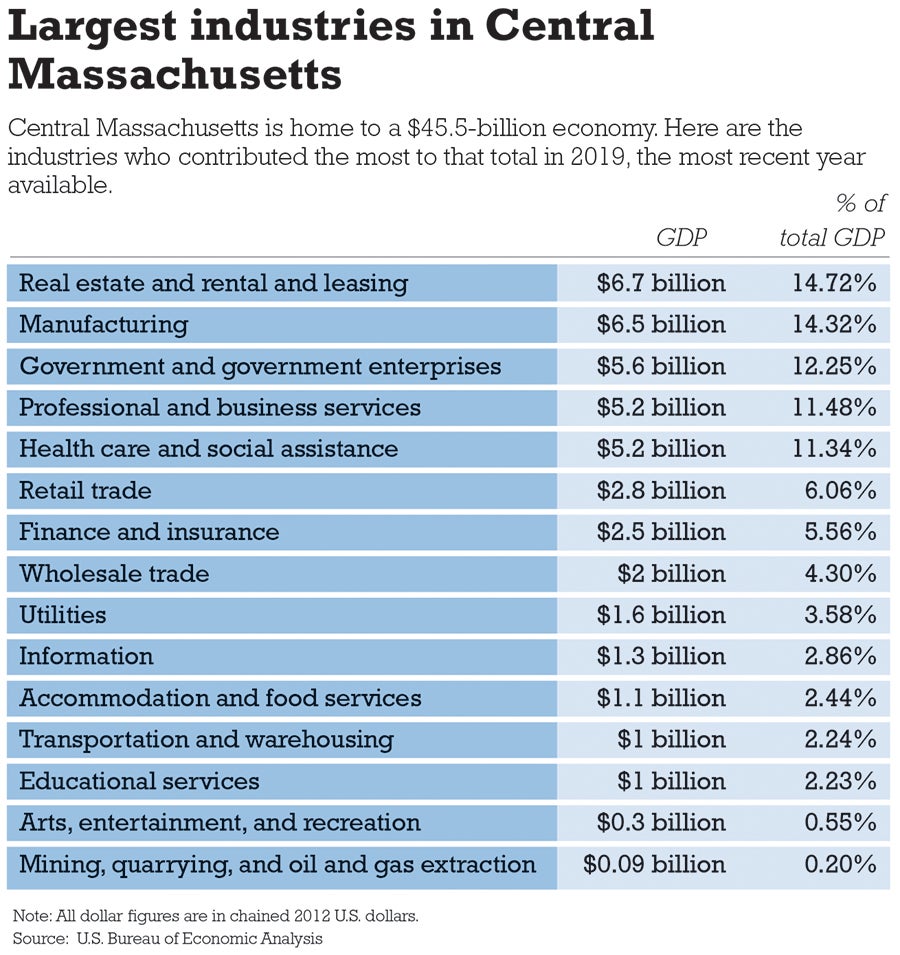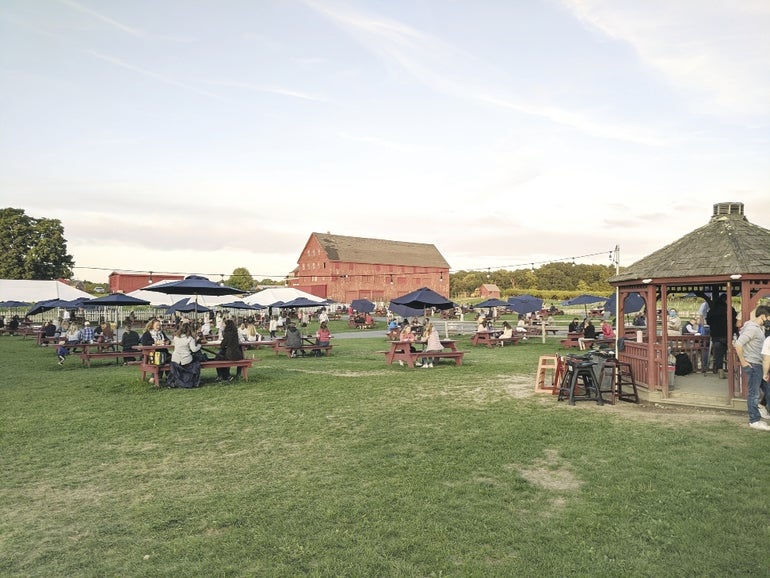The restaurant scene in and around Worcester is growing.
Get Instant Access to This Article
Subscribe to Worcester Business Journal and get immediate access to all of our subscriber-only content and much more.
- Critical Central Massachusetts business news updated daily.
- Immediate access to all subscriber-only content on our website.
- Bi-weekly print or digital editions of our award-winning publication.
- Special bonus issues like the WBJ Book of Lists.
- Exclusive ticket prize draws for our in-person events.
Click here to purchase a paywall bypass link for this article.
The restaurant scene in and around Worcester is growing.
As the city’s population increases – it’s up 14% over the last decade, according to the U.S. Census Bureau, making it the fastest-growing major city in New England – so too are its dining options.
Stephen Clark, vice president of government affairs at the Massachusetts Restaurant Association, said he didn’t have hard data, but estimated 50-75 restaurants opened in and around the city over a four to five year period before the pandemic.
“Worcester really put itself on the map,” Clark said.
As a result of an increase in customers, driven in part by western migration out of and away from Boston, he said, the Central Massachusetts restaurant scene is expanding, providing a variety of dining options geared toward meeting increased demand. That growth is happening both in Worcester proper and in surrounding communities, particularly to the city’s east.
“Worcester, in the last 25 years, 30 years, has become increasingly known throughout New England as a dining destination spot,” said Timothy Murray, president and CEO of the Worcester Regional Chamber of Commerce. “That has not always been the case.”

More diverse offerings
In the city, he said, individual business districts are often anchored by one or two restaurants. But more recently, restaurant districts are themselves cohering around each other, Murray said, pointing to the emergence of Shrewsbury Street, Highland Street, and, to some extent, the Canal District.
But it’s not just the quantity that’s been growing, either.
“The other piece is, you know, as the city has become more diverse, there’s a more diverse level of offerings that I think people are attracted to,” Murray said.
There aren’t necessarily hard-and-fast characteristics setting Worcester’s food scene apart from surrounding or competing markets, but there are some nuanced trends.
For one, tabs at area restaurants skew a bit cheaper than, for example, Boston. That’s driven in large part by lower overhead costs – it’s cheaper to rent or buy a space outside of a major city. But that’s not necessarily a consistent rule, especially with increasing food costs and, currently, supply chain issues affecting virtually every industry under the sun, restaurants included.

“It’s a little less expensive if you were to dine in Worcester, but if you’re going to a high-end restaurant in Worcester, your price point is going to equal a higher-end restaurant in Boston,” Clark said.
New and expanding restaurants in Central Massachusetts are often aiming to cater to a population, concentrated in and around the MetroWest, where tech and healthcare companies are booming and residents tend to have a bit more disposable income than other regions, said Clark. This has helped prop up the development of smaller-scale suburban restaurant communities in that part of the state. In general, Clark said, there’s been an increase in interest in suburban locations across Massachusetts.

Worcester’s authenticity
As for Worcester, itself, the city provides something nearby markets like Boston just can’t: ease of access. Travel, traffic, and parking are all easier to manage while still providing a sense of being out and about in the city, Clark said. This, in conjunction with expanding entertainment options, such as the Polar Park baseball stadium and The Hanover Theatre, are drawing new visitors to a region they may have skipped over in the past.
But when it comes to what kind of restaurants diners in Central Massachusetts are looking for, Clark said the key was to look toward larger industry trends. In Worcester, as with just about everywhere else, those in the restaurant industry are seeing an uptick in fast-casual dining, a pandemic-induced thirst for outdoor seating, and, similarly, an inclination toward to-go options.
Caitlyn Carolan, president of Worcester Restaurant Group that runs The Sole Proprietor, 111 Chop House, and Via Italian Table in Worcester, said while it’s true lower overhead makes running a restaurant in Worcester a slightly less expensive venture, the city itself provides many of the same dining options found in larger markets.
And just like restaurants in bigger cities, WRG relies on a combination of locals, visitors, and repeat customers who come back time after time, especially around the academic calendar, which reliably brings college families to the city in the fall and spring.
“There’s all kinds of things that bring people to this area and you want to have dining that matches,” Carolan said.
If Worcester restaurants stick out in any particular way, Murray from the chamber of commerce said many of the well-known establishments – WRG’s three eateries included – are homegrown. The word, he said, was authentic.
“We’re not a big chain place,” Murray said.
In that way, folks who go out to eat in Worcester can often expect to have an experience that, while reflective of larger industry trends, is only available in the city, itself – and at a range of price points.


